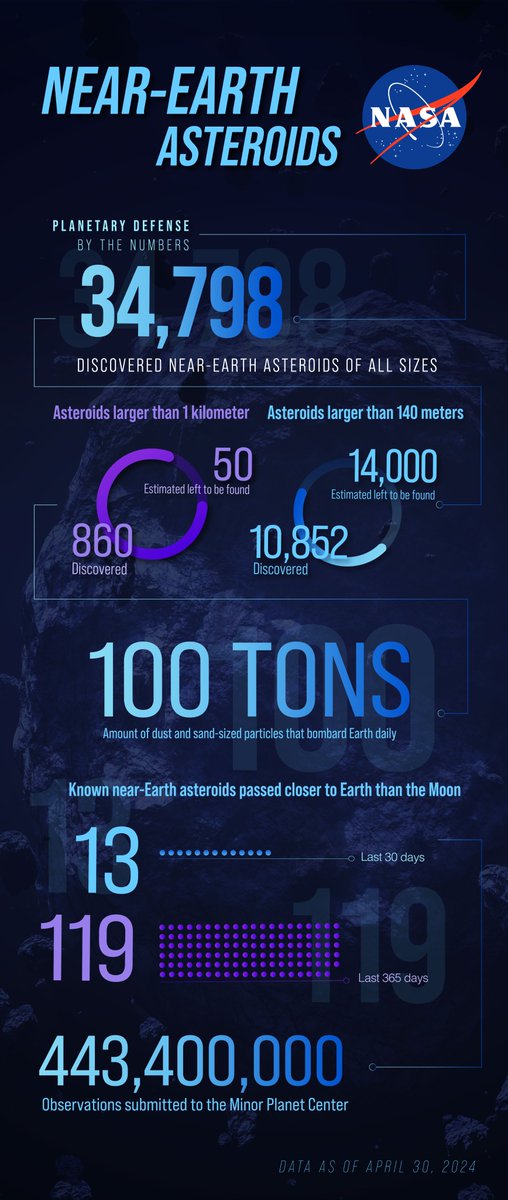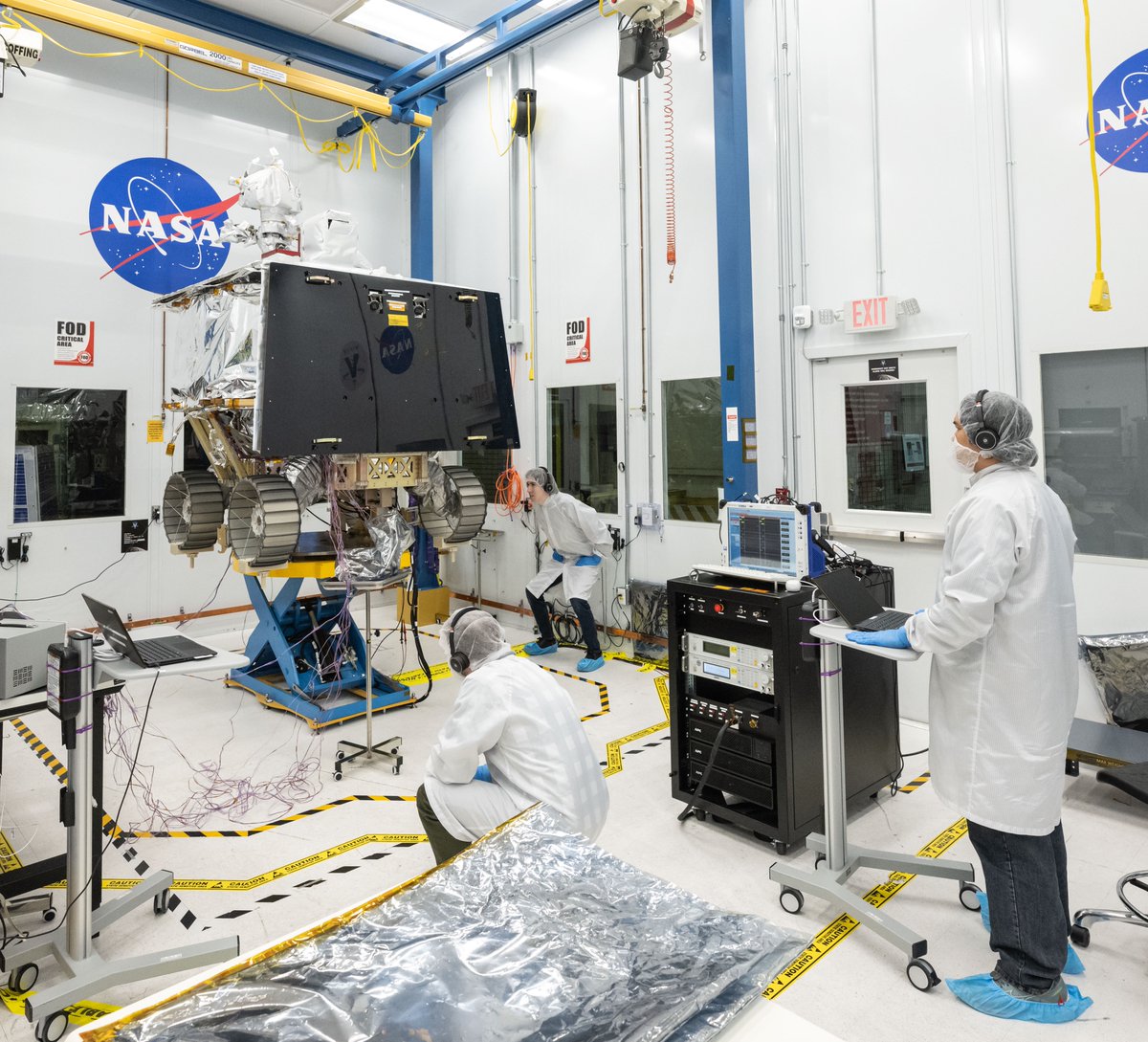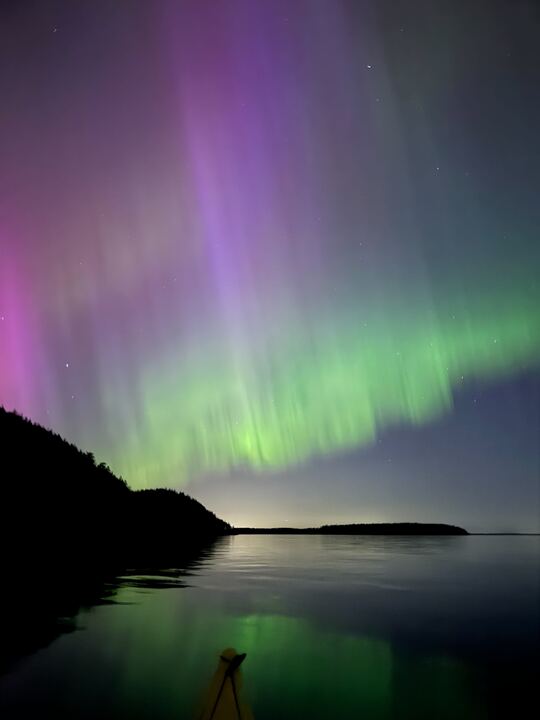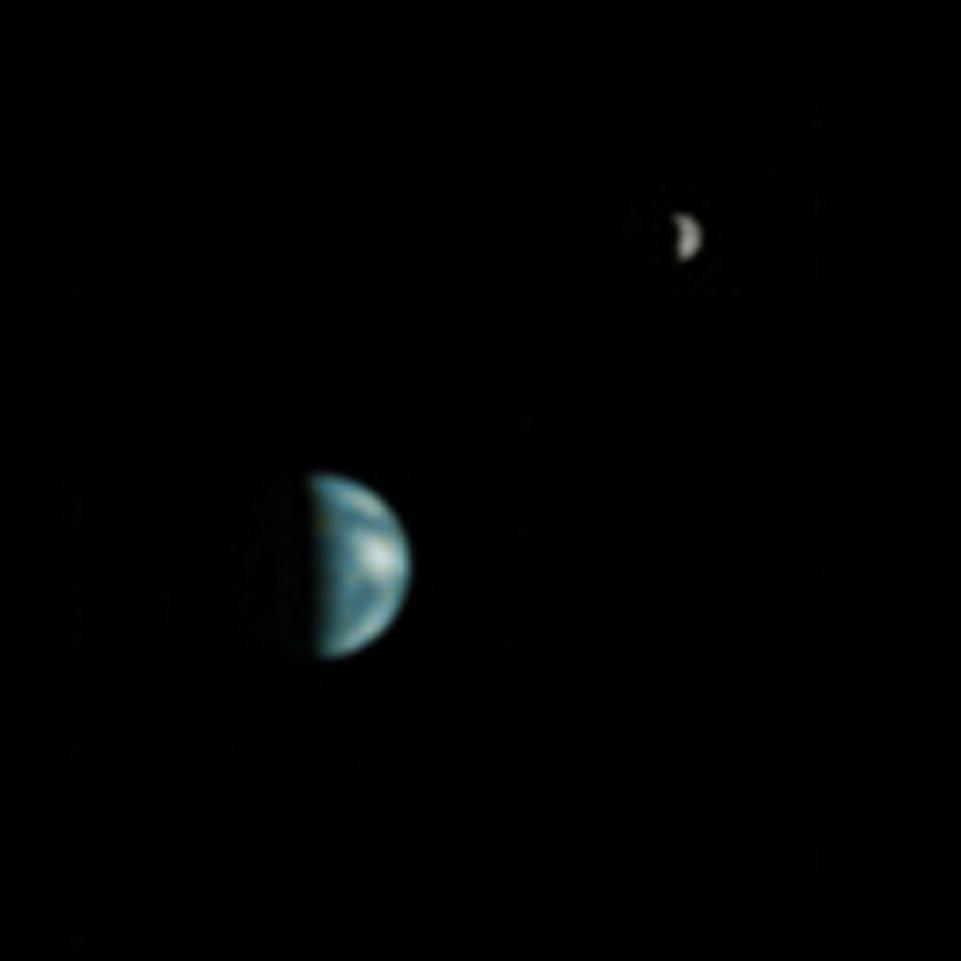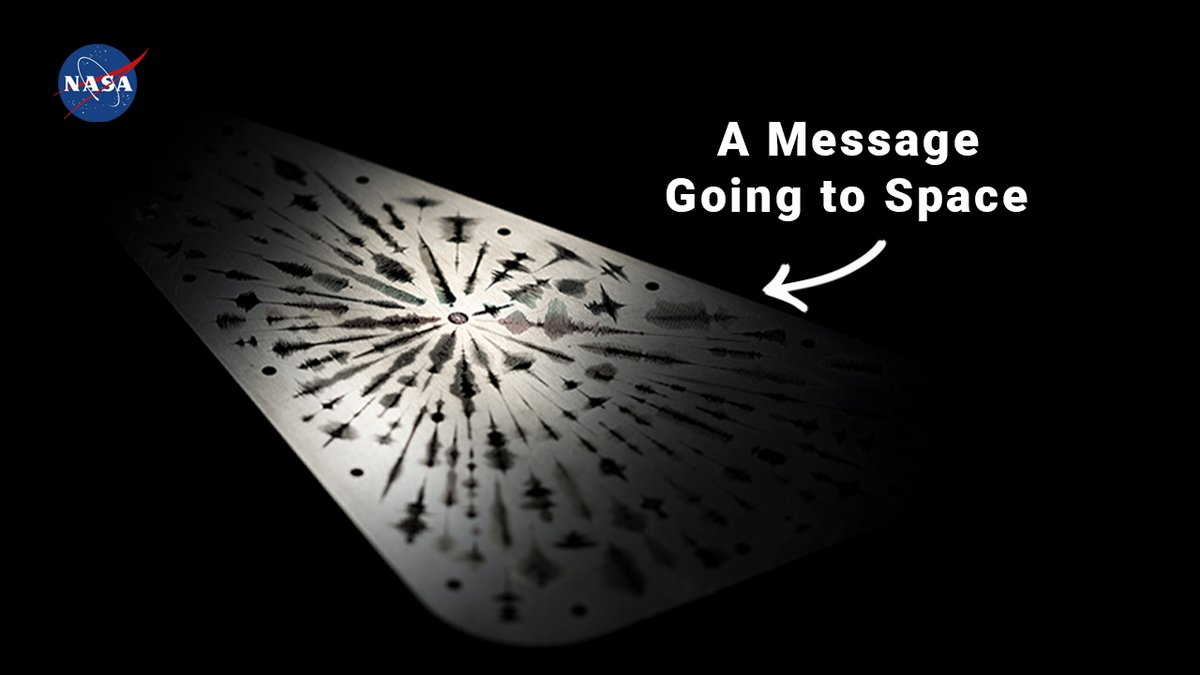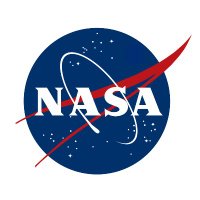
NASA Solar System
@NASASolarSystem
We are NASA's Planetary Science Division. Ride along with us as we explore the worlds of our solar system.
ID:15165493
https://solarsystem.nasa.gov 19-06-2008 03:16:46
7,8K Tweets
2,8M Followers
148 Following
Follow People
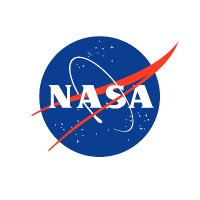
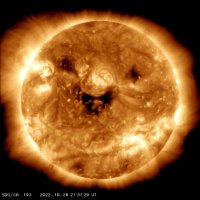




Happy #TeacherAppreciationWeek !🍎
Did you know that NASA has a search tool to help you easily find #STEM resources? Try it out to find activities to celebrate #BlackHoleWeek ! ⚫️
Click here to get started: nasa.gov/learning-resou…
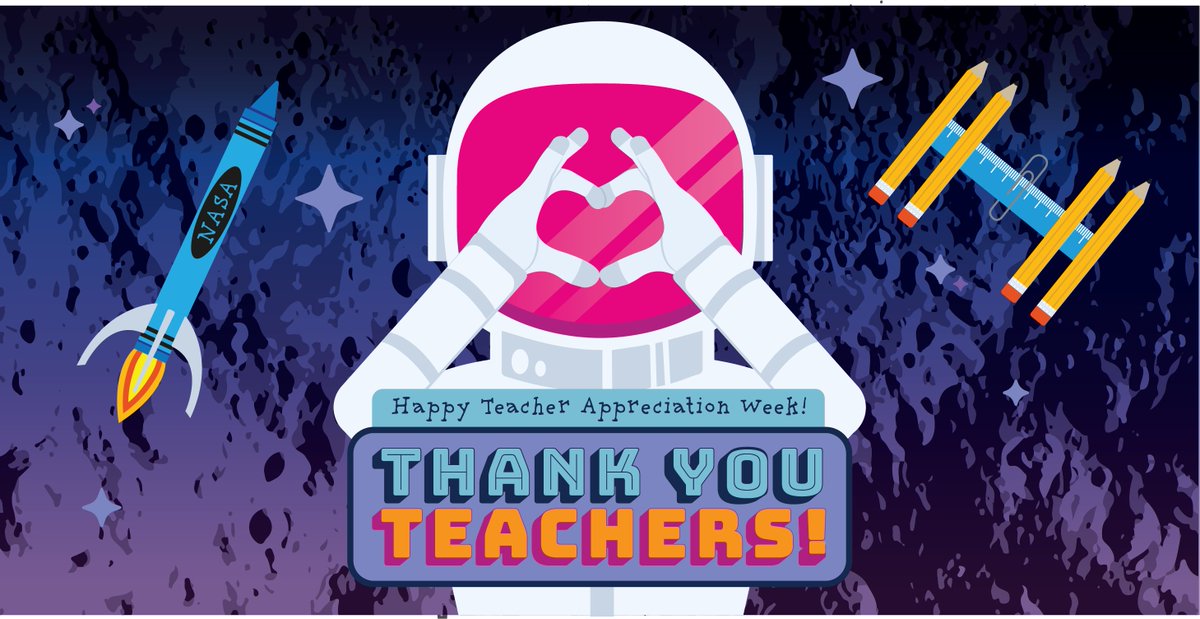
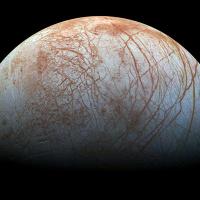



Thanks to #PlanetaryDefense efforts at NASA and across the globe, we have discovered over 10,850 near-Earth #asteroids larger than 140 meters, with an estimated 14,000 left to find. 🔭
Learn more about Planetary Defense NASA: go.nasa.gov/414oCMc
